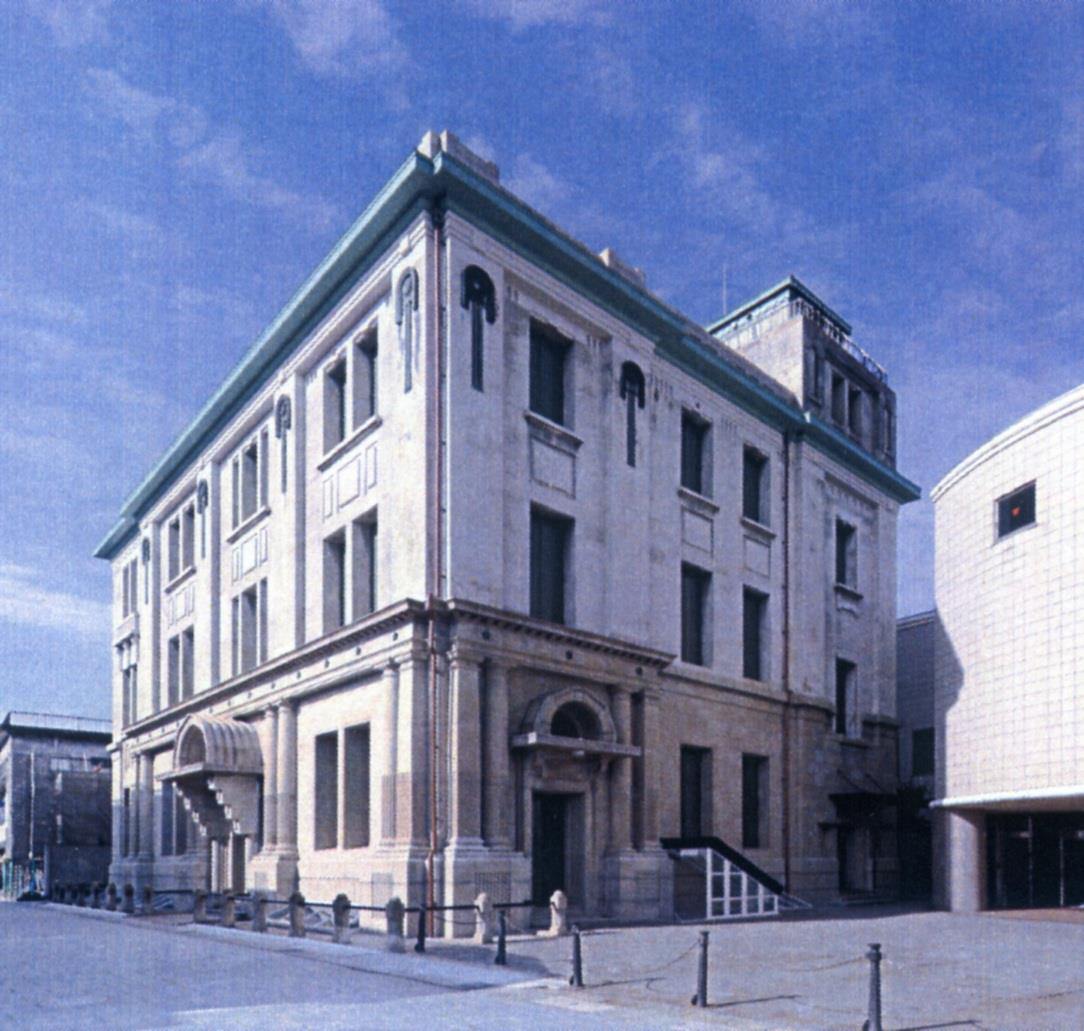
The only port to receive both Polish orphans and Jewish refugees—twin stories of destiny and fate at the Port of Humanity Tsuruga
Last update
As Wakasa Bay, on the Sea of Japan, once served as the northern gateway to the ancient capital cities of Nara and Kyoto, the surrounding areas naturally received various kinds of people and cultures both from overseas and other parts of Japan. Tsuruga Port, in particular, was highly regarded as an excellent natural harbor with calm waters, and this brought remarkable prosperity to the region. Around the mid-17th century, wealthy merchants, supported by feudal lords, were very successful in this area, and it became known as the capital of the northern country.
During the Meiji period (1868-1912), the construction of three railroads was planned in Japan, including one inaugurated in 1882 that connected Tsuruga with the Lake Biwa area. In 1912, the Europe-Asia International Express was launched to allow people to travel from Tokyo to European capitals via Tsuruga Port on a single ticket for a duration of 14 to 17 days. Previously, this journey had taken around one month, and thereafter Tsuruga was called the Port of the Orient, connecting the cities of Asia and Europe. Historical data referencing the immense prosperity of this time can be viewed at the Tsuruga Municipal Museum.

During the early 20th century, as wars and conflicts raged around the world, Tsuruga continued to flourish as an international port town, and came to play an important part in history as the Port of Humanity. One reason for this was connected to the plight of Polish orphans. In the aftermath of the Russian Revolution, many Polish children in Siberia during the civil war had lost their families and were barely able to survive. In response to a request from a Polish person in Vladivostok, the Japanese government directed the Japanese Red Cross Society to save these children. The orphans, who had traveled from Vladivostok, landed at Tsuruga Port, emaciated, pale faced and wearing shabby clothes. While the Red Cross provided new underwear, clothing and shoes for each child, the people of Tsuruga offered lodgings, shelter and gifts, such as sweets, toys and postcards. These orphans were then transferred to other cities, including Tokyo and Osaka, and eventually repatriated to Poland, their home country. The number of children saved in this way between 1920 and 1922 was 763, and one of them actually visited the Osaka Branch of the Japanese Red Cross Society in 1983, 60 years after the rescue, to offer their gratitude.
Another significant episode in the history of this port concerns Jewish refugees during World War II, and Sugihara Chiune , the vice-consul for the Japanese Empire in Kaunas, Lithuania, who issued “Visas for Life” to Jewish people who fled Lithuania to escape from Nazi persecution. There was only one possible route for them to escape Lithuania, and that was to cross the Soviet Union, an enemy of Germany, on the Trans-Siberian Railway, and sail across the Sea of Japan from Vladivostok to Tsuruga. When they arrived at Tsuruga, the American Jewish organizations contributed toward funding for the refugees, who did not have enough money to travel. The Japan Tourist Bureau (present-day JTB) dispatched staff to accompany the refugees on the crossing between Tsuruga and Vladivostok, and helped this mission a great deal by delivering the funds from the organizations, arranging the travel for refugees, and checking names and faces according to the refugee list provided by the organizations. All those involved risked their own lives and collaborated with each other to save thousands of Jewish people.
Since little had been documented with regard to the fate of these refugees after their arrival at Tsuruga, a local history study group started independent research in 2006 with the aim of telling these stories to future generations. Through their investigations, they uncovered numerous acts of kindness by Tsuga citizens to the refugees. These included a boy who gave them apples, an owner of a public bath house who offered them free baths, and a watch shop owner who bought watches from them to provide them with money and the offer of food.
In order to present such important information on local history, the Port of Humanity Tsuruga Museum was established in March, 2008. It was later relocated to a new building, which was constructed to replicate the four Western-style buildings that were close to Tsuruga Port in the early 20th century, and this was opened in November, 2020.
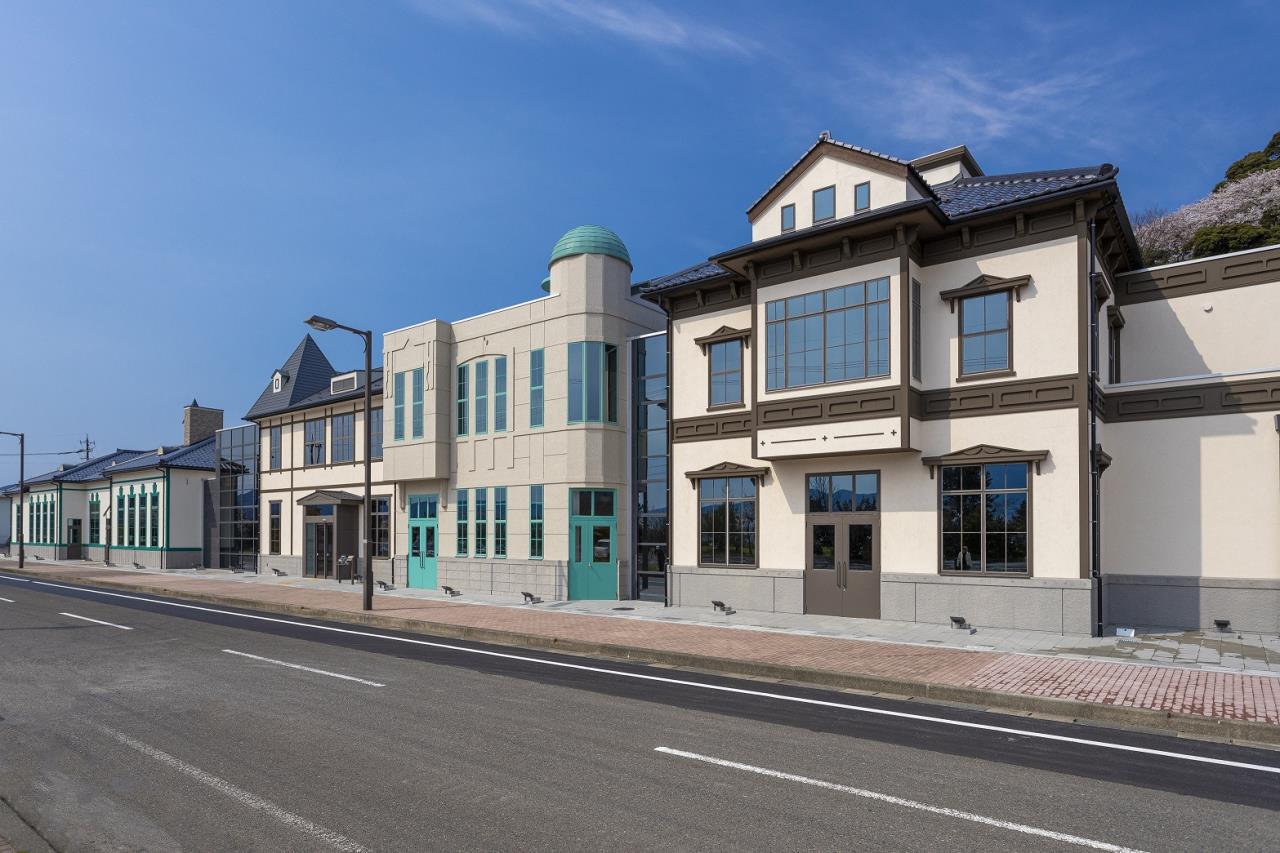
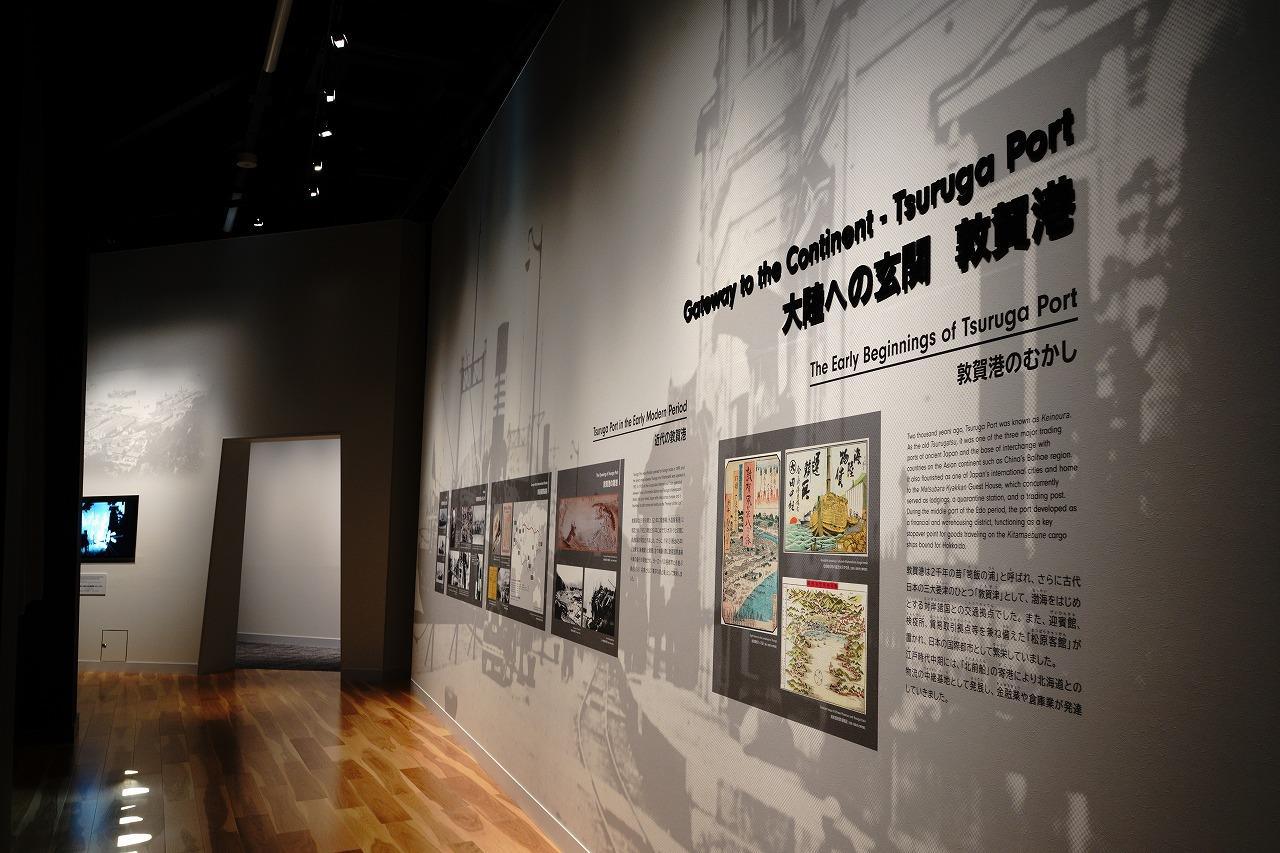
This relocation allowed for more resources and displays to introduce the history and stories between the locals and Polish orphans and Jewish refugees at different points in the 20th century.
All in all, the port and railroads of Tsuruga not only supported the local culture and economy, but also contributed to world peace through the saving of thousands of innocent lives.
Check also...

Consider your accommodation in the Kansai area!

Restrictions on Large Baggage

Royal Food of Japan MIKETSUKUNI~Delicacies cherished since ancient times~
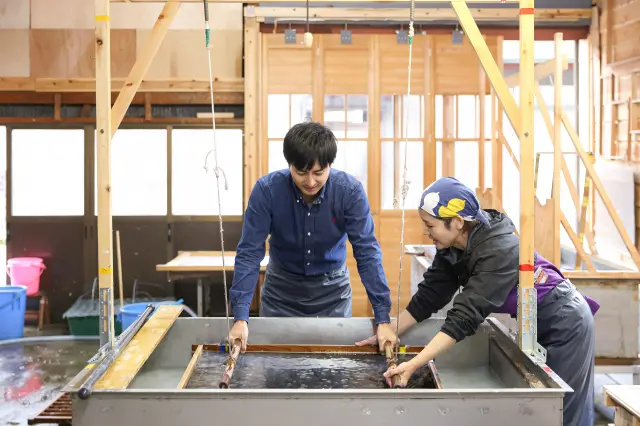
Fukui: A Journey to Experience Japan’s World-Class Craftsmanship
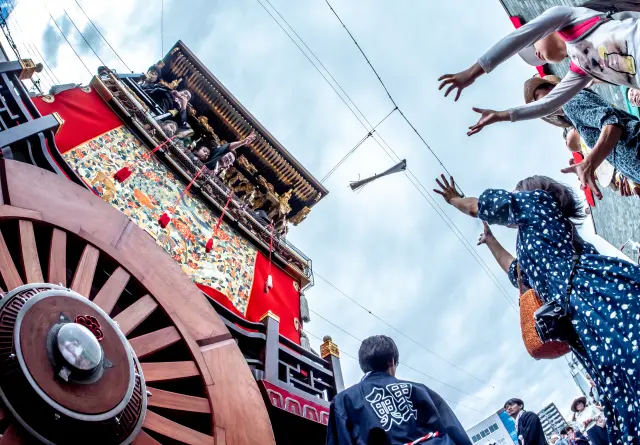
10 Traditional Performing Arts and Events in Kansai
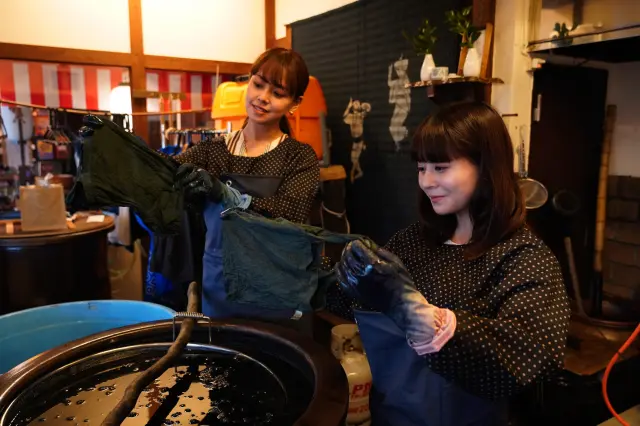
Top 10 Spots to Try Kansai's Traditional Crafts
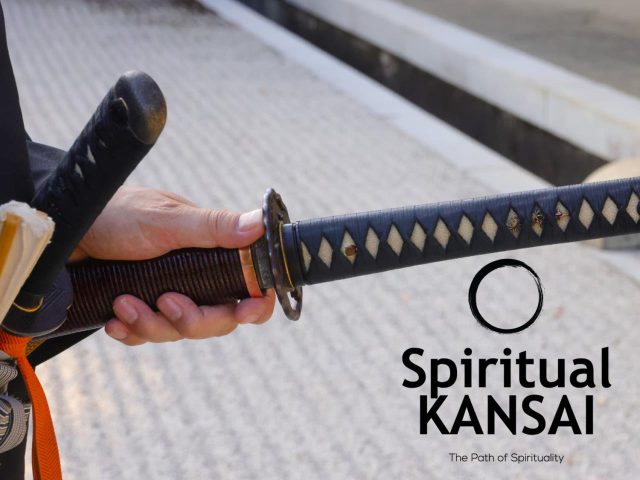
SAMURAI MIND

